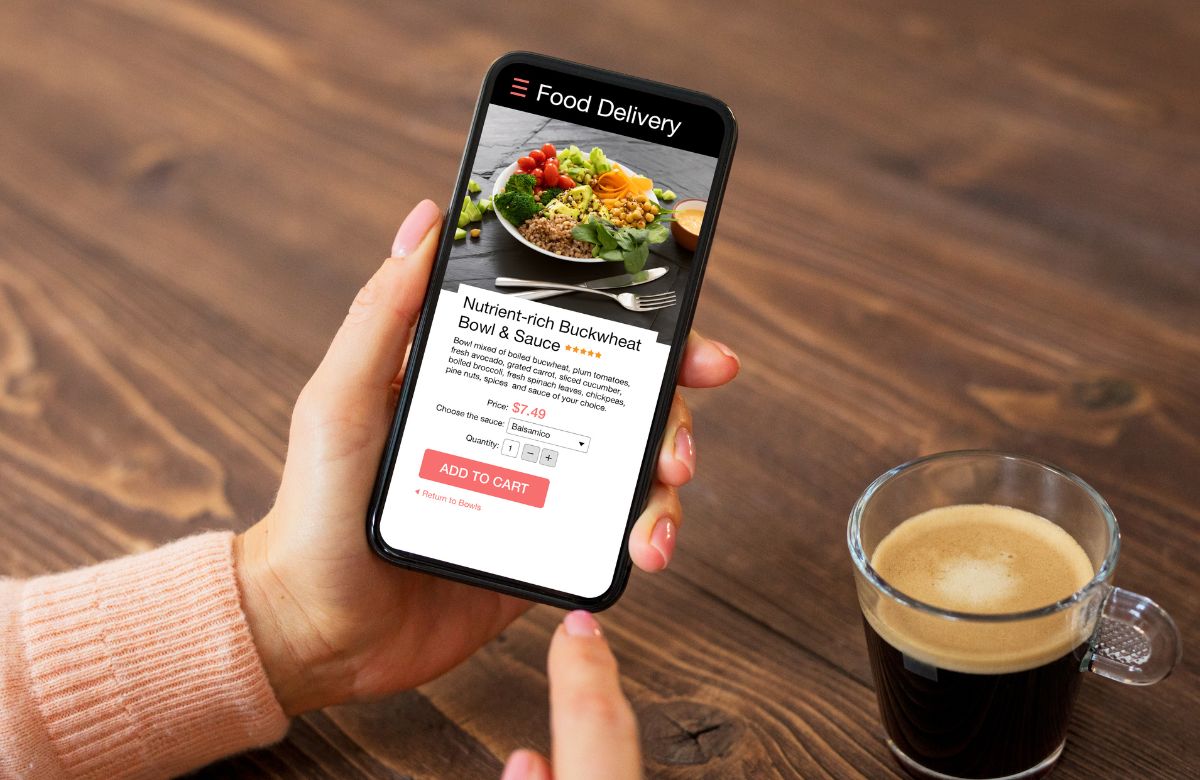Online food discounts can be alluring, promising to satisfy your cravings while saving you some hard-earned cash. However, it’s important to know that these discounts are often met with a healthy dose of scepticism. While they may seem like a great deal at first glance, there are several reasons why you can’t always count on online food discounts. Online food delivery methods have undeniably transformed the way we enjoy meals in the comfort of our homes. While they offer convenience and accessibility, there are several reasons why these methods can be destructive for restaurants.
Are Online Food Delivery Platforms Destructive For Restaurants?
While online food delivery methods have become an integral part of the dining landscape, they can have destructive consequences for restaurants. As consumers, it is important to be aware of these challenges and consider supporting local restaurants directly whenever possible.
Let’s begin with why online food menus can sometimes be priced higher than in-store menus. Online food delivery platforms often charge restaurants commission fees for using their services. To cover these fees and maintain profitability, some restaurants may adjust their menu prices slightly higher for online orders. Apart from commission fees, some online food delivery platforms charge restaurants additional fees for featuring their menus on the platform. These fees are often based on visibility, placement, or promotional options offered by the platform.
Also Read: Zomato Food Trends: Delhi Loves Chaat, Mumbai Likes Fries & Bangaloreans Crave …
The Dependence On Rapid Online Delivery
India only has two delivery platforms, Zomato and Swiggy. There’s no other platform in sight which means restaurants only depend on these two platforms. The platforms have mostly prioritised profitability improvement over market gains. But again, these platforms build new restaurant brands, widen their reach and improve consumer retention.
At times, online food delivery platforms often prioritise popular and well-established restaurants, leaving smaller or lesser-known establishments at a disadvantage.
As restaurants become more dependent on these platforms for their survival, they relinquish control over their customer relationships and branding. The platforms act as intermediaries, owning the customer data and interactions, which can limit restaurants’ ability to establish a direct connection with their customers.
As consumers, it is important to be aware of these challenges and consider supporting local restaurants directly whenever possible.
Cover Image Credits: Canva

